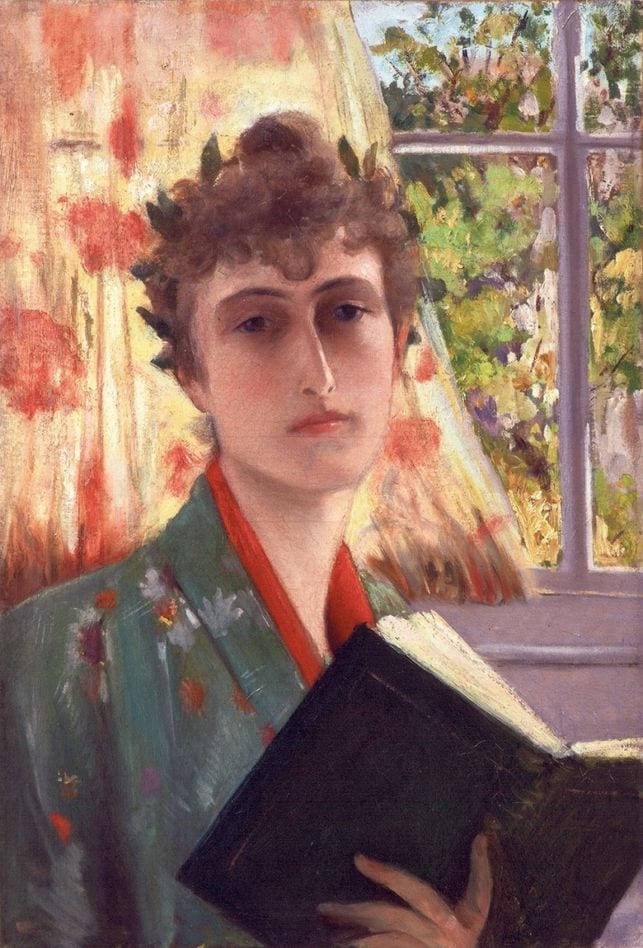In Alex Ross’s book The Rest is Noise, he paints a fascinating picture of the musical life of the twentieth century. He interweaves detailed descriptions of composers, patrons, venues, and music theory to explore what the twentieth century might have sounded like. In a chapter on 1920’s Paris, Ross describes one such figure of twentieth century Paris, la Princesse de Polignac (Winnaretta Singer):
“Aloof, intellectual, secretly lesbian, Singer had the personality of an artist herself. She sat in a high-backed chair in front of the rest of the audience so she would not be distracted. Much displeased her, nothing surprised her” (Ross 105).
When I read this compelling and amusing passage, I immediately wanted to know more about this woman. Her unique personality and her legacy of patronage and art inspired this blog post that will explore in more detail how she fit into the musical life of 1920’s Paris.

La Princesse de Polignac was born Winnaretta Singer to Isaac Merritt Singer, the inventor of Singer Sewing Machines. She was educated in Paris where she studied painting under Félix Barrias. She married the Prince Edmond de Polignac after the annulment of her first marriage. She was known to have had many affairs with women during both marriages. Her husband was close with many artists and intellectuals of the time, and she came to have her own relationships with many of them. She ran a salon where she held many concerts premiering works of composers such as Francis Poulenc and Darius Milhaud. She also commissioned works for several members of Les Six, a group of six prominent composers in twentieth century France. La Princesse came to be a paragon and a protector of both modernism and the avant-garde.

Singer was able to purchase a “hôtel particulier” with money that she inherited from her wealthy father to house a salon of her own. In her dissertation, Elizabeth Melanson argues that La Princesse played a pivotal role in the development of French modernism and in the advancement of the careers of composers like Darius Milhaud, Francis Poulenc, and Maurice Ravel. Melanson also asserts that Singer “used art patronage to subtly challenge dominant social and sexual identities” (Melanson 244). In this way, her salon was a way for her to accomplish her own personal agenda and to perpetuate her identity as a queer elite. Her concern with undermining old traditions and ideologies was characteristically modernist, and influenced the music and art that she chose. Her wealth allowed her to climb to elite circles of society, and thus to place her own identity among the intellectual elite. Not only was she responsible for the success of many composers of the time, but she also played a vital role in the redefinition of modernist ideology.

By no means should La Princesse de Polignac be considered representative of all queer women of the time. She was an anomaly partly because of her financial privilege and status. However, it is still remarkable that she, as a woman in the twentieth century, exerted as much influence as she did in musical and artistic circles. For this reason, and many more, she is an extremely important figure in music historical research. To learn more, explore Elizabeth Melanson’s full disssertation, “The patronage of modern art by the high society women of Paris, 1871-1914.”